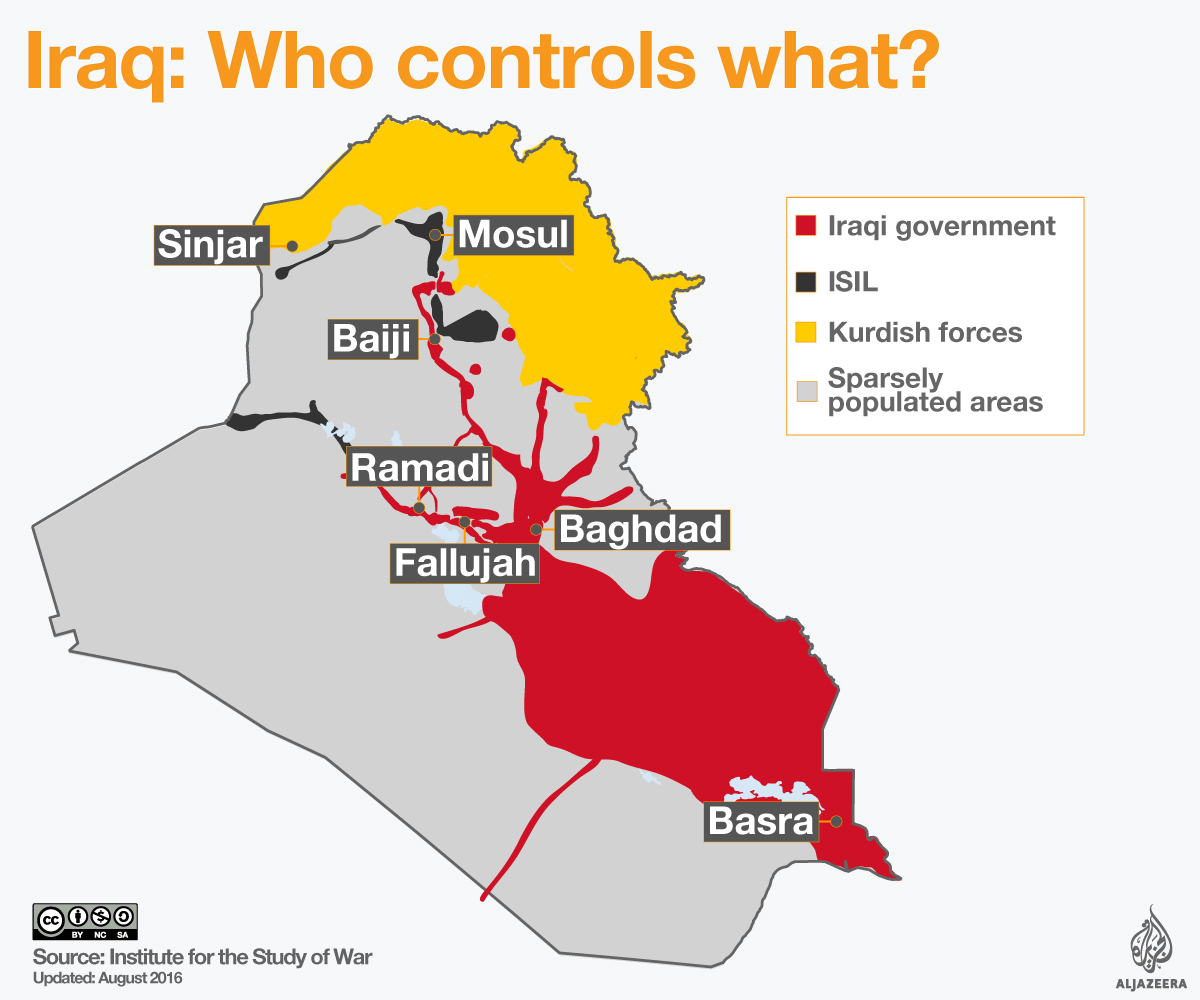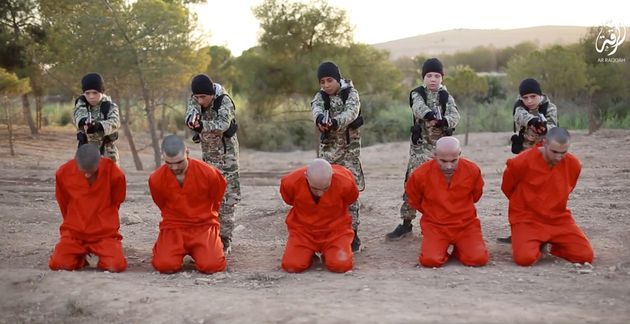TimesofIndia: The day he left Syria with instructions to carry out a terrorist attack in France, Reda Hame, 29, a computer technician from Paris, had been a member of the Islamic State for just over a week.
His French passport and his background in information technology made him an ideal recruit for a rapidly expanding group within ISIS that was dedicated to terrorizing Europe. Over just a few days, he was rushed to a park, shown how to fire an assault rifle, handed a grenade and told to hurl it at a human silhouette. His accelerated course included how to use an encryption program called TrueCrypt, the first step in a process intended to mask communications with his ISIS handler back in Syria.
The handler, code-named Dad, drove Hame to the Turkish border and sent him off with advice to pick an easy target, shoot as many civilians as possible and hold hostages until the security forces made a martyr of him.
“Be brave,” Dad said, embracing him.
Hame was sent out by a body inside the Islamic State that was obsessed with striking Europe for at least two years before the deadly assaults in Paris last November and in Brussels this month. In that time, the group dispatched a string of operatives trained in Syria, aiming to carry out small attacks meant to test and stretch Europe’s security apparatus even as the most deadly assaults were in the works, according to court proceedings, interrogation transcripts and records of European wiretaps obtained by The New York Times.
Related reading: Terror in Europe: Safeguarding U.S. Citizens At Home And Abroad
Officials now say the signs of this focused terrorist machine were readable in Europe as far back as early 2014. Yet local authorities repeatedly discounted each successive plot, describing them as isolated or random acts, the connection to the Islamic State either overlooked or played down.
“This didn’t all of a sudden pop up in the last six months,” said Michael T Flynn, a retired Army lieutenant general who ran the Defense Intelligence Agency from 2012 to 2014. “They have been contemplating external attacks ever since the group moved into Syria in 2012.”
Hame was arrested in Paris last August, before he could strike, one of at least 21 trained operatives who succeeded in slipping back into Europe. Their interrogation records offer a window into the origins and evolution of an Islamic State branch responsible for killing hundreds of people in Paris, Brussels and beyond.
European officials now know that Dad, Hame’s handler, was none other than Abdelhamid Abaaoud, the Belgian operative who selected and trained fighters for plots in Europe and who returned himself to oversee the Paris attack, the deadliest terrorist strike on European soil in over a decade.


The people in Abaaoud’s external operations branch were also behind the Brussels attacks, as well as a foiled attack in a suburb of Paris last week, and others are urgently being sought, Belgian and French officials say.

“It’s a factory over there,” Hame warned his interlocutors from France’s intelligence service after his arrest. “They are doing everything possible to strike France, or else Europe.”
For much of 2012 and 2013, the jihadi group that eventually became the Islamic State was putting down roots in Syria. Even as the group began aggressively recruiting foreigners, especially Europeans, policymakers in the United States and Europe continued to see it as a lower-profile branch of al-Qaida that was mostly interested in gaining and governing territory.
One of the first clues that the Islamic State was getting into the business of international terrorism came at 12:10 p.m. on Jan. 3, 2014, when the Greek police pulled over a taxi in the town of Orestiada, less than four miles from the Turkish border. Inside was a 23-year-old French citizen named Ibrahim Boudina, who was returning from Syria. In his luggage, the officers found 1,500 euros, or almost $1,700, and a French document titled “How to Make Artisanal Bombs in the Name of Allah.”
But there was no warrant for his arrest in Europe, so the Greeks let him go, according to court records detailing the French investigation.
Boudina was already on France’s watch list, part of a cell of 22 men radicalized at a mosque in the resort city of Cannes. When French officials were notified about the Greek traffic stop, they were already wiretapping his friends and relatives. Several weeks later, Boudina’s mother received a call from a number in Syria. Before hanging up, the unknown caller informed her that her son had been “sent on a mission,” according to a partial transcript of the call.
The police set up a perimeter around the family’s apartment near Cannes, arresting Boudina on February 11, 2014.
In a utility closet in the same building, they found three Red Bull soda cans filled with 600 grams of TATP, the temperamental peroxide-based explosive that would later be used to deadly effect in Paris and Brussels.
It was not until nearly two years later, on Page 278 of a 359-page sealed court filing, that investigators revealed an important detail: Boudina’s Facebook chats placed him in Syria in late 2013, at the scene of a major battle fought by a group calling itself the “Islamic State in Iraq and Syria.”
According to a brief by France’s domestic intelligence agency, he was the first European citizen known to have traveled to Syria, joined the Islamic State and returned with the aim of committing terrorism. Yet his ties to the group were buried in French paperwork and went unconnected to later cases.
Including Boudina, at least 21 fighters trained by the Islamic State in Syria have been dispatched back to Europe with the intention of causing mass murder, according to a Times count based on records from France’s domestic intelligence agency. The fighters arrived in a steady trickle, returning alone or in pairs at the rate of one every two to three months throughout 2014 and the first part of 2015.
Like the killers in Paris and Brussels, all of these earlier operatives were French speakers — mostly French and Belgian citizens, alongside a handful of immigrants from former French colonies, including Morocco.
They were arrested in Italy, Spain, Belgium, France, Greece, Turkey and Lebanon with plans to attack Jewish businesses, police stations and a carnival parade. They attempted to open fire on packed train cars and on church congregations. In their possession were box cutters and automatic weapons, walkie-talkies and disposable cellphones, as well as the chemicals to make TATP.
Most of them failed. And in each instance, officials failed to catch — or at least to flag to colleagues — the men’s ties to the nascent Islamic State.
In one of the highest-profile instances, Mehdi Nemmouche returned from Syria via Frankfurt, Germany, and made his way by car to Brussels, where on May 24, 2014, he opened fire inside the Jewish Museum of Belgium, killing four people. Even when the police found a video in his possession, in which he claims responsibility for the attack next to a flag bearing the words “Islamic State of Iraq and Syria,” Belgium’s deputy prosecutor, Ine Van Wymersch, dismissed any connection.
“He probably acted alone,” she told reporters at the time.
Among the clearest signs of the Islamic State’s growing capacity for terrorist attacks is its progress in making and deploying bombs containing triacetone triperoxide, or TATP.
 PDF version ]
PDF version ]





 G
G
 DailyMotion
DailyMotion
.png)
